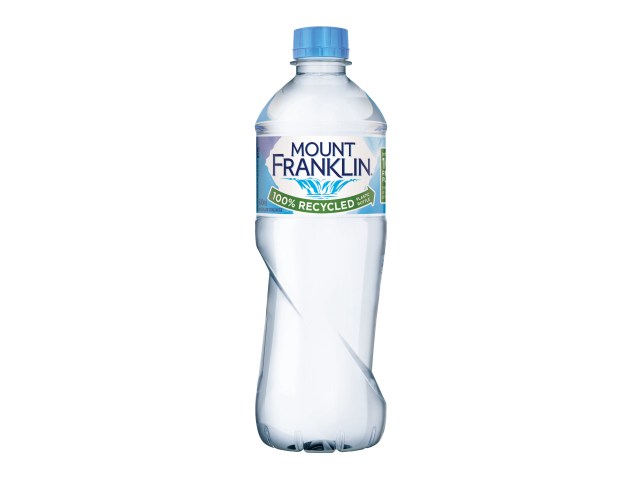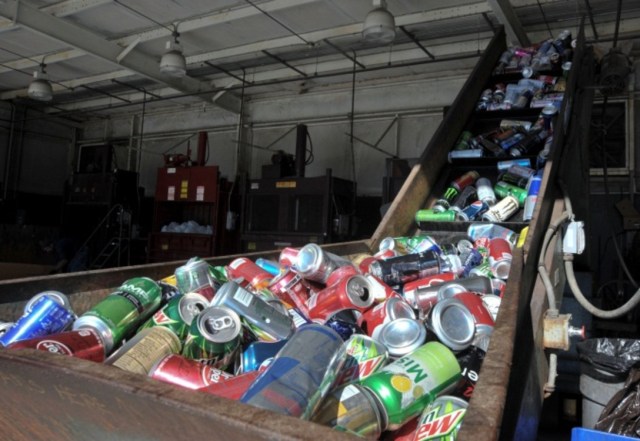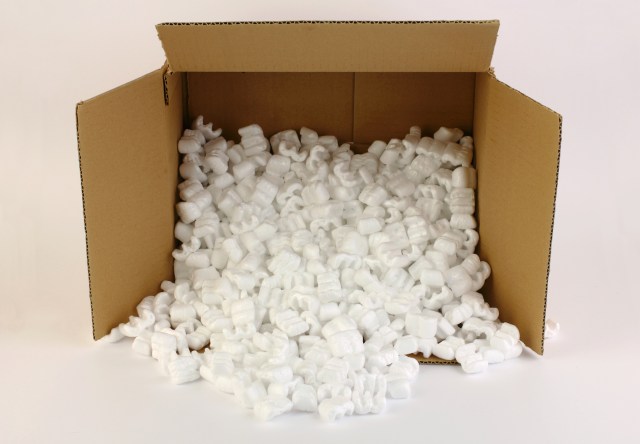
This story was first published in the February 2021 issue of ProPack.pro.
From its headquarters and main factory situated in Sydney, DIC Australia & New Zealand manufactures and supplies printing ink and other surface coatings for the full range of printing and packaging applications.
A network of service factories in Sydney, Melbourne, Auckland, and Christchurch provides ink and other printing solutions for both countries.
While it has become ubiquitous through its core business – the manufacture and sale of printing inks and coatings – DIC Australia & New Zealand also markets a range of world class adhesives along with press chemicals and other print consumables.
With an annual sales turnover more than A$120m, the company employs around 150 people across both countries.
Richard Kemp, chief operating officer for DIC Australia & New Zealand, says, “Much of our success and reputation comes from the strength of our technological expertise: our people. Every individual in our organisation plays a role in maintaining quality. Nearly 30 per cent of our staff work in a technical capacity.
“As part of the largest ink group in the world, we have access to a global network that covers market trends, product development, and service-related initiatives.”
The DIC liquid ink product range, specifically designed for Australian and New Zealand conditions, derives from the DIC Group worldwide and locally developed technology streams. He says, “As part of the largest ink group, which includes the likes of Sun Chemicals, we can access the widest product and business solutions for local printing and converting operations.
“We have access to market leading products in water-base corrugated, solvent-base and radiation curing, for diverse markets from wide web flexible packaging through to narrow web label and envelope printing. The reach of the DIC Group of companies enable us to complement our ink range with laminating adhesives, specialty coatings and ink effect products.
“Our team members share a commitment to helping DIC retain its reputation as a world class supplier. We consult with our customers to understand their needs and we use this information to constantly improve the value of our products and service offering.”
A sustainable industry
As the world contends with climate change, the printing and packaging industries recognise environmental concerns as a reality.
DIC has long understood the need to address these concerns and, in 2007, the company established a project team to examine the issues and the company has made a commitment to sustainability.
Kemp says, “DIC research and development teams must carefully assess the potential impact of any new product on the environment. We will not use or supply certain materials where adequate, independent data indicates there is an environmental hazard.
“We have a policy of working to continually minimise the effect of our operations. To this end, we provide data to the relevant regulatory authorities and contribute to group reports. We assess the information, and we review the likely consequences of our actions based on the best available evidence. We base the information that we provide to customers and partners on relevant and sound scientific data.”
DIC has ensured that all staff are aware of, and work in accordance with, the policy. The company can draw on international competence and information to address specific questions that arise. Kemp adds, “As a leader in our industry, DIC continues to contribute by supplying leading products that fit with our corporate social responsibility policy and approach.”
Climate change, marine plastics, falling birth rates, longer lifespans, and a change in social structures accompanying the rapid increase of digital technologies number among the concerns the company is addressing. It has established the DIC Sustainability Index, a proprietary index that allows DIC to measure the social value of its products. The company uses the index to assess the environmental impact of products, from raw materials procurement through disposal and social contribution, and when customers use its products, from shipment until the end of their useful lives.
Kemp says, “Traditionally, we focused on improving convenience, but we must now balance that with environmental impact. The industry’s survival hinges on our collaborative ability to deliver both convenience and lower environmental impact.
“For instance, our ability to successfully grow our packaging businesses depends on us effectively confronting such challenges as the need to reduce plastics and eliminate marine plastics. We understand that the key to how much our packaging business contributes to society sits in our ability to provide packaging solutions that help increase social value by advancing the reduction, reuse, and recycling of materials.”
Packaging innovations
At this year’s Tokyo Pack, which took place at Tokyo Big Sight in Japan during February, DIC took the opportunity to share its vision for a more sustainable future.
Kemp says, “The DIC booth ran with the theme, ‘The Power of Packaging’, which expresses our vision to develop diverse technologies for multiple applications. DIC took the opportunity to complement the physical booth with an online virtual presentation.”
The booth featured inks and coatings; films; adhesives; pigments; and healthcare and colour. The company introduced over 50 new packaging products and solutions designed to meet changing social demands. For example, DIC’s new mono material offers a laterally tearable packaging film which reduces waste. Another new product called ‘Approach’ offers packaging companies an alternative to reduce marine microplastics waste.
The Covid-19 pandemic has illustrated the importance of labels and packaging. DIC has made a strong commitment to the packaging sector. Robert Elmer, Solvent Base Liquid Ink business manager for DIC Australia & New Zealand, says, “We supply a complete range of inks across the board and our packaging division is one of our largest.”
During the Covid-19 pandemic, supply has become an issue across most industries. DIC has done particularly well to keep up the supply of its products to customers. The DIC Group established a global supply chain management unit, which has helped the company to move swiftly through emergencies such as the pandemic or major disasters.
Elmer says, “For our packaging customers, supply chain flexibility is important as we supply ink to 60 per cent of the Australian market and, in New Zealand, about 80 per cent of the market. We deal with all the major packaging companies.
“Regionally, we have seen the flexo market now concentrated mainly in Melbourne, followed by Adelaide, Sydney, and then Brisbane. Gravure makes up about 10 per cent of the market. However, in Asia, that percentage is the other way around.”
As part of his role, Elmer talks regularly to printing and packaging professionals and he reports positive feedback on the company’s initiatives for sustainability. He says, “For example, compostability is an area we see a huge amount of interest. As with everything, you need to have the correct certification. There is also an interest in water-based inks, especially for the high volume, fast turnover corrugated market.
“As the largest ink supplier in the world, we have a responsibility to continually innovate and look for positive ways to impact the industry. This means expanding our outlook. For instance, we supply UV labels for the wine industry; we produce inks with security features; as well as pigments and resins. One of the important factors in making all this possible is our team members, who are often ex-printers or laboratory trained experts; experience and industry knowledge is vital for DIC.”
Specific requirements
DIC has designed its range of Accubatch ink colour concentrates and Corroflex ink series specifically to meet the needs of the corrugated printing market, both post and preprint as well as associated applications such as multiwall sacks, envelopes and other fibre based printed substrates. Its ink series extend to water-based lamination whites and water-based inks for paper cups, both PE coated and other finishes.
The company has inhouse compliance capability that enables it to provide customers with a high level of comfort and confidence that the inks supplied meet various end use applications and specific end user compliance requirements.
Kemp adds, “DIC also supports the entire suite of narrow web ink products that enables narrow web printers of all sizes to enter untapped markets. Our UV and water-based technology are ideal for printing processes that include prime labels, brand protection, RFID and flexible packaging. We continually invest in innovative solutions in technologies involving narrow web printing.”
While the packaging sector continues to grow, DIC has seen a fall off in its newspaper markets. Elmer says, “Areas like coldset and heatset have declined. Covid closed a few publications such as magazines, and some mailers but the steadiest market in 2020 was undoubtedly packaging. People still need to buy food and household products; this provides the packaging market an increased level of robustness that does not look like changing too much. Of course, so much depends on what happens with the virus. One thing we noted was how panic buying by consumers can create surges in demand.”
Despite the ongoing pandemic, Kemp, Elmer, and the team at DIC Australia & New Zealand, are excited at the prospects for packaging and printing in the region.
Kemp adds, “This year, we will look at implementing new strategies and innovations that we could not make happen last year. We look forward to helping our customers achieve their goals in 2021.”


